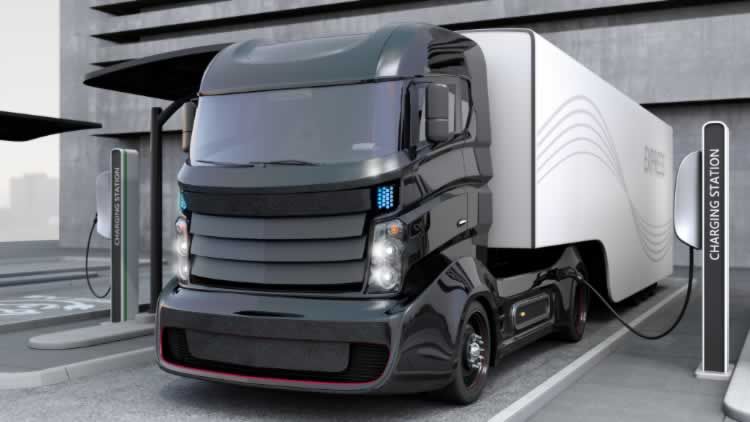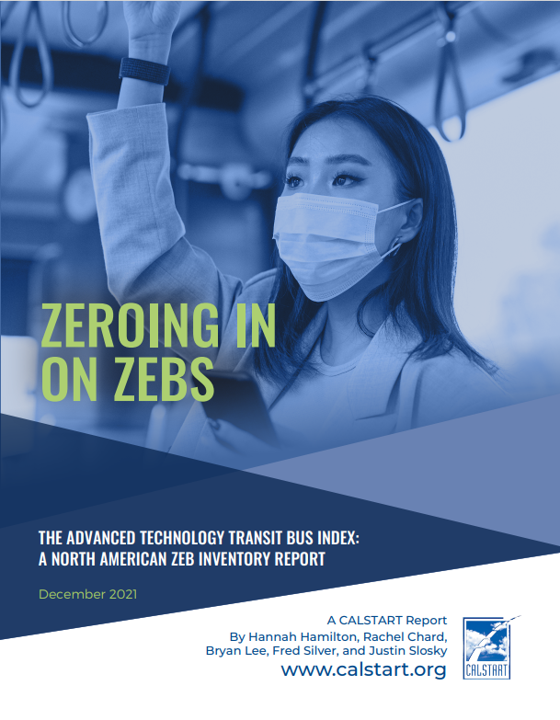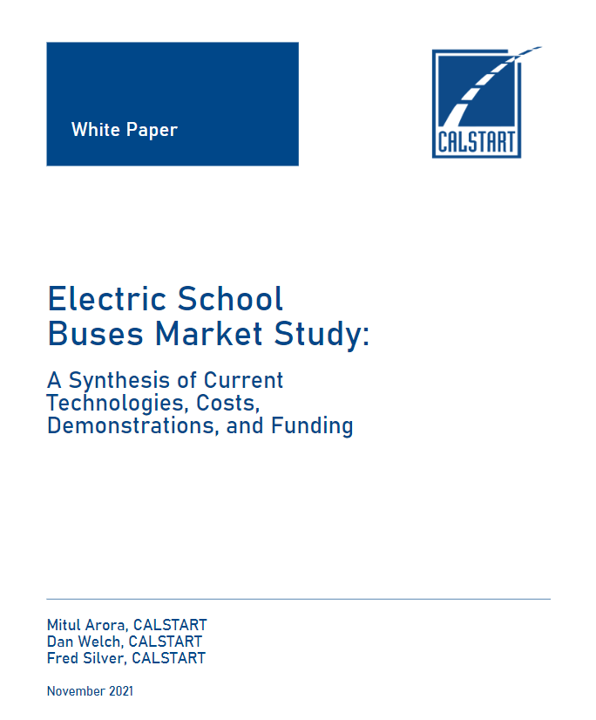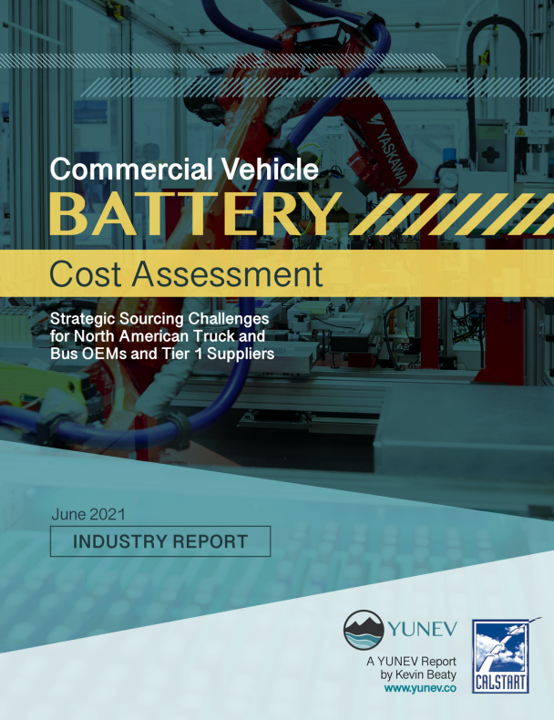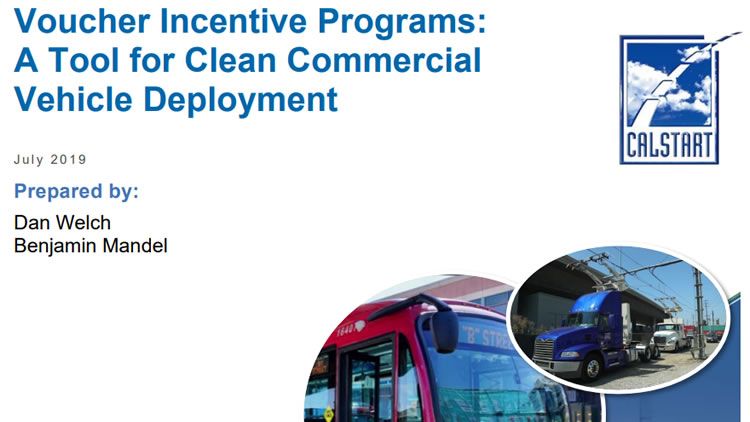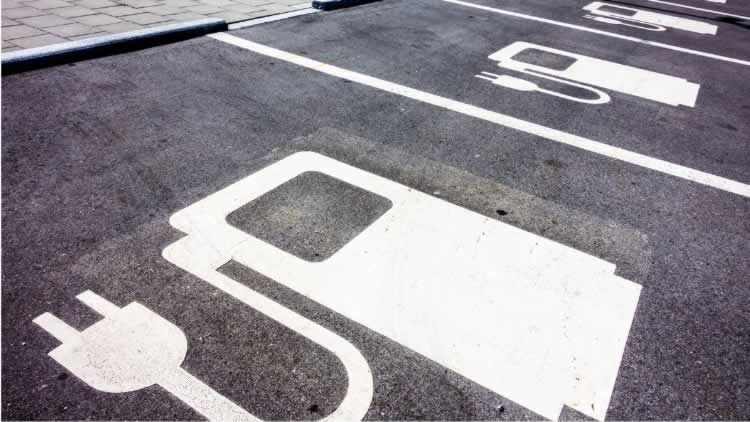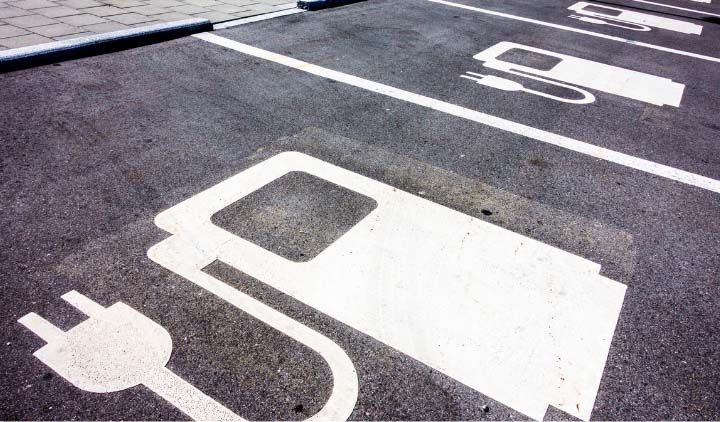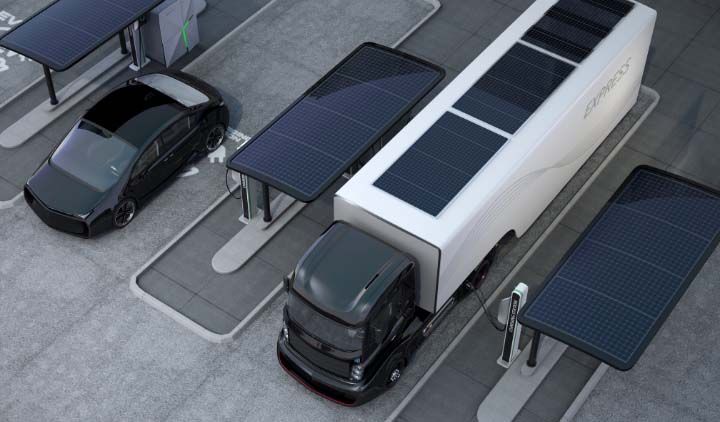Moving Zero-Emission Freight Toward Commercialization
White Papers
Published Dec 2020
Author: Dan Welch, Cristiano Façanha, Rob Kroon, Harm Weken, David Bruil, and Floris Jousma
Organization: CALSTART and FIER Automotive & Mobility
Global transportation systems have begun a shift to newer, cleaner technologies that will meet greenhouse gas emission reduction and air quality improvement goals that governments have developed or fleets have adopted. Zero-emission freight vehicles (ZEFVs) are already commercially available in leading markets – lighter platforms, such as electric cargo vans, have been deployed in China, the European Union, and the United States. With supportive policy ecosystems, manufacturers will advance from first-success “beachhead” applications to additional applications with increasingly rigorous duty cycles. Infrastructure investments and advancements will also be needed to support rapid growth in the ZEFV market.
This report explores:
- How manufacturers, fleets, and governments are influencing ZEFV market trends;
- The technological and financial viability of specific vehicle segments;
- The impact of ZEFV uptake on energy providers and infrastructure;
- How transformative technologies or financial approaches may support the ZEFV transition;
- What governments and industry are doing to accelerate ZEFV adoption; and
- How cities, states and provinces, and federal governments further accelerate ZEFV deployments and realize the benefits of clean freight.
The report finds that ZEFVs are rapidly emerging to become competitive in a broad spectrum of applications. Each of the modeled ZEFV segments is expected to achieve cost parity with diesel-powered vehicles by 2030, while combinations of regulations and incentives in leading markets will make operating ZEFVs easier compared to diesel-powered vehicles. Though ZEFV growth will occur at differing speeds and in unique segments across global regions, the transferability of components and policy momentum towards cleaner and safer freight systems will facilitate a large-scale transition to a zero-emission commercial transportation sector.
Related
Address
CALSTART
48 S Chester Ave
Pasadena, CA 91106
USA
Visit us
Contact: membership@calstart.org
Offices in: San Joaquin Valley, CA | Berkeley, CA | Brooklyn, NY | Lakewood, CO | Santa Rosa Beach, FL | Troy, MI | Pasadena, CA (HQ)

